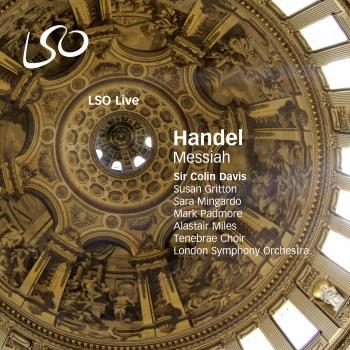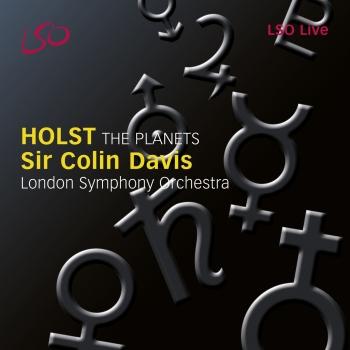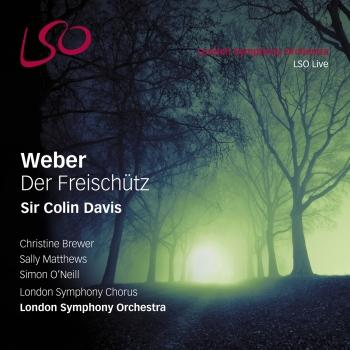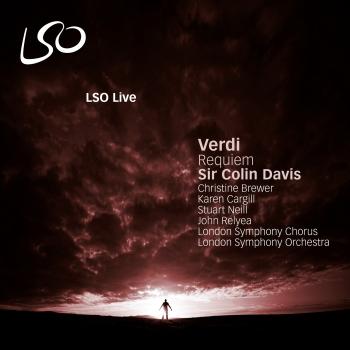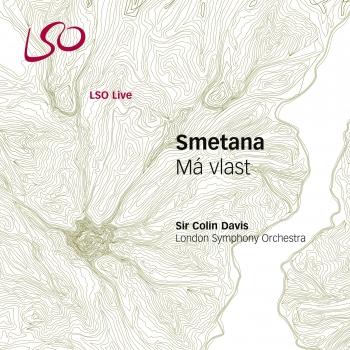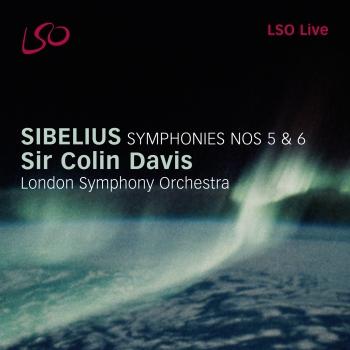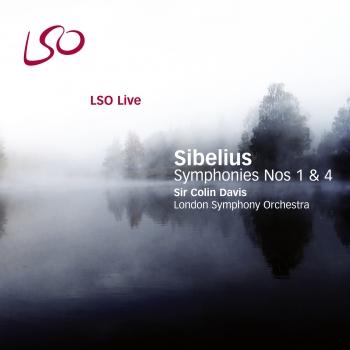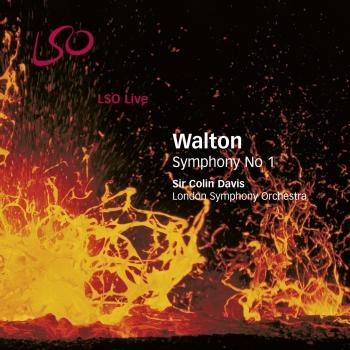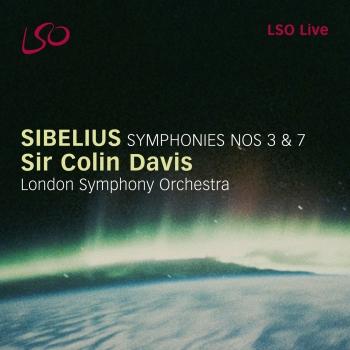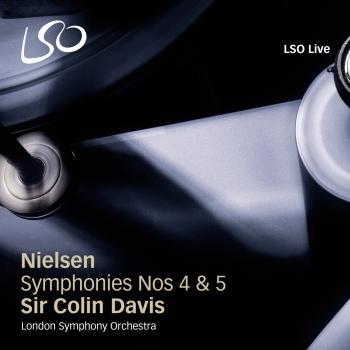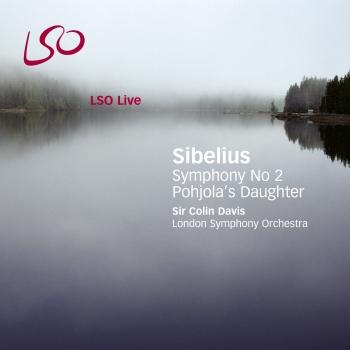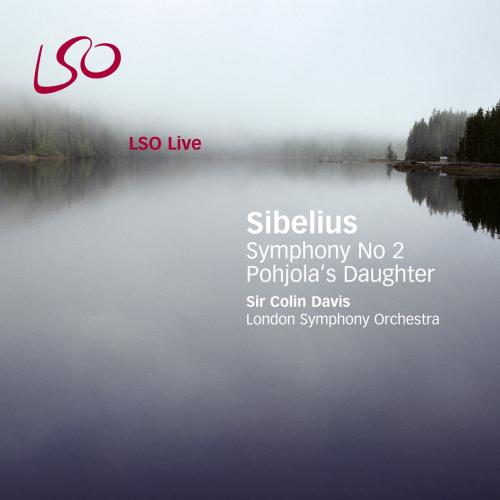
Sibelius: Pohjola's Daughter, Symphony No. 2 London Symphony Orchestra & Sir Colin Davis
Album Info
Album Veröffentlichung:
2007
HRA-Veröffentlichung:
28.02.2023
Label: LSO Live
Genre: Classical
Subgenre: Orchestral
Interpret: London Symphony Orchestra & Sir Colin Davis
Komponist: Jean Sibelius (1865-1957)
Das Album enthält Albumcover Booklet (PDF)
- Jean Sibelius (1865 - 1957): Pohjola's Daughter (Pohjolan tytär), symphonic fantasy for orchestra, Op. 49:
- 1 Sibelius: Pohjola's Daughter (Pohjolan tytär), symphonic fantasy for orchestra, Op. 49 14:24
- Symphony No. 2 in D Major, Op. 43:
- 2 Sibelius: Symphony No. 2 in D Major, Op. 43: I. Allegretto 09:39
- 3 Sibelius: Symphony No. 2 in D Major, Op. 43: II. Tempo andante, ma rubato 14:49
- 4 Sibelius: Symphony No. 2 in D Major, Op. 43: III. Vivacissimo 06:06
- 5 Sibelius: Symphony No. 2 in D Major, Op. 43: IV. Finale - Allegro moderato 14:00
Info zu Sibelius: Pohjola's Daughter, Symphony No. 2
Sibelius war einer der größten und innovativsten Symphoniker des 20. Jahrhunderts mit einem Musikstil, der Schönheit, Geheimnis, Farbe und Licht heraufbeschwört. Die Zweite Symphonie, die sowohl von einem Aufenthalt in Italien als auch von seiner finnischen Heimat beeinflusst wurde, markiert einen wichtigen Schritt in seiner Entwicklung als Komponist und ist nach wie vor eines seiner beliebtesten Werke.
"What Sir Colin Davis has to say about Sibelius's Second Symphony hasn't changed in substance since his first recording with the Boston Symphony (Philips), but the paragraphs now flow with ever more assured cadences. The life-anddeath struggle of the second movement is underlined by two alternating tempi which Davis has not contrasted so dramatically before.
Strong rhythmic underpinnings in the Scherzo, the highly contrasted trio and their eventual assimilation into the mighty onrush towards the finale: these all have a distinctively Beethovenian cast. The finale's jubilations justify their length and splendour, just about, with some generous portamento and care over the recitatives of the central, quieter section.
Pohjola's Daughter is an unusual but logical coupling, having its origins in the same Italian trip that brought the birthpangs of the Second Symphony. The tone-poem only saw the light five years after the symphony, however, and you could see it as the Yin to the finale's Yang, moving from the interrupted sonata-form processes of the symphony's first movement into still darker regions of creative despair – the Fourth Symphony looms on the horizon. You can sense this in Davis's conception, which prizes coherence over local colour." (Gramophone Classical Music Guide)
"What Sir Colin Davis has to say about Sibelius's Second Symphony hasn’t changed in substance since his first recording with the Boston Symphony, but the paragraphs now flow with ever more assured, Wordsworthian cadences… The life-and-death struggle of the second movement is underlined by two alternating tempi which Davis has not contrasted so dramatically before, not even in the quicker concert performance in Dresden." (Gramophone Magazine)
Londoner Symphonieorchester
Sir Colin Davis, Dirigent
Sir Colin Davis
The traditional road to success for a conductor used to be an apprenticeship in an opera house as a coach, playing the piano for singers in rehearsal. Colin Davis chose another route, partly by necessity. Unable to play the piano, he was not allowed into the conducting course at the Royal College of Music in London. So, he achieved an important international career by taking the initiative to form ensembles and conduct for friends at first. Early successes included the founding of the Chelsea Opera Group, a company which to this day gives performances of little known operas in concert.
Davis was soon working with professional orchestras including the BBC Scottish Symphony. His first ‘break’ was at Sadler’s Wells in 1958 when his conducting of Mozart’s Abduction from the Seraglio began a lifelong connection with that composer. The Edinburgh Festival followed along with Glyndebourne. His concert career blossomed in the mid 1960′s alongside his opera work and his other passion for Berlioz began to bring him to the attention of record lovers. He has recorded all the major works of Berlioz, including the first complete (and still regarded as the landmark) recording of Les Troyens.
Davis has enjoyed a career-long affiliation with Philips Classics, recording along with Berlioz, Mozart, the complete symphonies of Sibelius (while he was Principal Guest Conductor of the Boston Symphony in the 1970s) and much more.
Booklet für Sibelius: Pohjola's Daughter, Symphony No. 2











